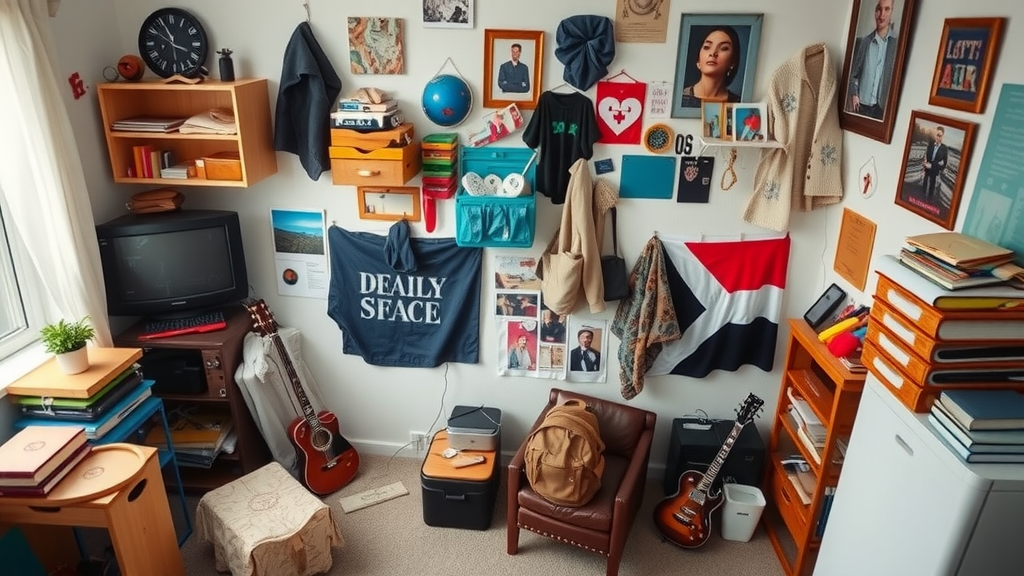What assets do I keep or lose when filing for bankruptcy?
exempt assets, non-exempt assets, Quebec
In personal bankruptcy in Canada, your stuff gets split into “exempt” (what you keep) and “non-exempt” (what might be sold) assets. Keep clothes and some furniture, but second homes might be sold. Local rules vary, so check with a Licensed Insolvency Trustee for the specifics for your province!

Understanding exempt and non-exempt assets in bankruptcy.
Question
What do I keep or lose if I file for bankruptcy in Canada?
I’m trying to understand what assets I may keep or have to surrender if I go bankrupt in Canada.
From: Anonymous Question, Quebec (QC)
Answer
When you go through personal bankruptcy in Canada, your belongings are split into two types: exempt and non-exempt. Exempt assets are the ones you get to keep, like your clothes, some furniture (up to a provincial limit), tools you need for work, and maybe even a car, depending on its value and where you live. On the flip side, non-exempt assets might be sold to pay off debts. This could include any second homes, home equity over the exemption limit, and splurge items. It’s a good idea to chat with a Licensed Insolvency Trustee to get the exact details for your province since the rules can change based on local laws.
From: Insider Scott
Elimiate up to 80% of Your Debt
High cost of gas, high cost of groceries, high lending rates, low salary - being in debt is not your fault! See if you qualify for government debt programs and get out of debt today!
OSB Based Answer
In Canada, if you file for bankruptcy, what you keep or lose is determined by federal and provincial laws.
Assets You Can Keep: According to the Bankruptcy and Insolvency Act (BIA) and relevant regulations, you are allowed to keep certain exempt assets. For example, you can keep essential clothing, a vehicle valued under a certain limit (typically $5,000), household goods, and tools necessary for your job (up to a certain value). This is outlined in Section 67 of the BIA.
Assets You May Have to Surrender: Non-exempt assets, which could include additional vehicles, real estate (except for your primary residence in certain circumstances), and valuable personal property (like collectibles or investments), may need to be surrendered to the bankruptcy estate for the benefit of creditors. These rules are detailed in Sections 67 and 68 of the BIA.
Limits on Exemptions: The specifics regarding exemptions can vary based on the province you reside in, as provinces may have their own regulations that provide additional protections or constraints on what can be kept. For example, Ontario follows the Ontario Exemption Regulation (C.R.C., c. 369), which provides further details on asset exemptions.
Guidelines: The Office of the Superintendent of Bankruptcy Canada publishes guidelines and tables that explain the value limits for exempt assets which can be found in the relevant regulations.
Legal Consultation: It is advisable to consult with a licensed insolvency trustee or legal expert specializing in bankruptcy to get precise information based on your circumstances and province of residence.
For detailed asset exemptions, refer to Sections 67 and 68 of the Bankruptcy and Insolvency Act, as well as the specific provincial guidelines applicable to your situation.
From: This answer is provided by scanning the OSB Bankruptcy & Insolvency Act and related directives
References
| Reference Title and Source |
|---|
| Bankruptcy and Insolvency in Canada, Government of Canada |
| Understanding the Bankruptcy Process, Canadian Association of Insolvency and Restructuring Professionals |
| Personal Bankruptcy – What You Need to Know, Licensed Insolvency Trustees |
| Bankruptcy and Insolvency Act (R.S.C., 1985, c. B-3), Government of Canada |
Table of article references
Eliminate up to 80% of Your Debt
High cost of gas, high cost of groceries, high lending rates, low salary - being in debt is not your fault! See if you qualify for government debt programs and get out of debt today!